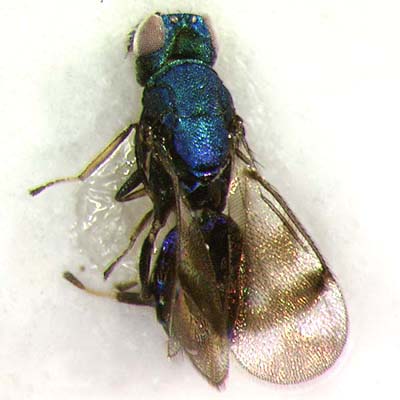 |
|||||||||||||||||||||||||||||||||||||||||||||||||||||||||||||||||||||||||||||||||||||||||||||||
|
|
Home | Open the Key | References | ||||||||||||||||||||||||||||||||||||||||||||||||||||||||||||||||||||||||||||||||||||||||||||
|
|||||||||||||||||||||||||||||||||||||||||||||||||||||||||||||||||||||||||||||||||||||||||||||||
Classification
|
|||||||||||||||||||||||||||||||||||||||||||||||||||||||||||||||||||||||||||||||||||||||||||||||
Subfamily Tribe |
Entedonini |
||||||||||||||||||||||||||||||||||||||||||||||||||||||||||||||||||||||||||||||||||||||||||||||
Diagnosis
|
|||||||||||||||||||||||||||||||||||||||||||||||||||||||||||||||||||||||||||||||||||||||||||||||
|
|
||||||||||||||||||||||||||||||||||||||||||||||||||||||||||||||||||||||||||||||||||||||||||||||
| |
|||||||||||||||||||||||||||||||||||||||||||||||||||||||||||||||||||||||||||||||||||||||||||||||
Distribution |
|||||||||||||||||||||||||||||||||||||||||||||||||||||||||||||||||||||||||||||||||||||||||||||||
|
Closterocerus is a moderate sized genus which is cosmopolitan in distribution (Noyes, 2001). |
|||||||||||||||||||||||||||||||||||||||||||||||||||||||||||||||||||||||||||||||||||||||||||||||
| |
|||||||||||||||||||||||||||||||||||||||||||||||||||||||||||||||||||||||||||||||||||||||||||||||
Biology |
|||||||||||||||||||||||||||||||||||||||||||||||||||||||||||||||||||||||||||||||||||||||||||||||
|
Species of this genus are mainly primary larval
endoparasitoids of leafmining Coleoptera, Lepidoptera, Hymenoptera
and Diptera. They are occasionally hyperparasitoids on braconids
or other Chalcidoidea (Schauff,
1991; Noyes, 2001).
|
|||||||||||||||||||||||||||||||||||||||||||||||||||||||||||||||||||||||||||||||||||||||||||||||
| |
|||||||||||||||||||||||||||||||||||||||||||||||||||||||||||||||||||||||||||||||||||||||||||||||
| |
|||||||||||||||||||||||||||||||||||||||||||||||||||||||||||||||||||||||||||||||||||||||||||||||
Comments |
|||||||||||||||||||||||||||||||||||||||||||||||||||||||||||||||||||||||||||||||||||||||||||||||
|
Closterocerus belongs to the subfamily
Entedoninae by having 2 setae on
submarginal vein, scutellum with a pair of setae, fronto-facial
suture distinctly separated from anterior ocellus and male scape
with sensory pores placed at the ventral edge.
Among Entedoninae included in the key, Closterocerus can be easily distinguished by having a single row of setae from stigmal vein, and lacking strong carinae or plicae on the propodeum. Other genera which attack leafminers, have a relatively unsculptured propodeum, and have lines of setae radiating from the stigmal vein are Trisecodes (with 3 tarsal segments and 4 lines of setae radiating from stigmal vein) and Asecodes (with 2-3 lines of setae radiating from stigmal vein in species which attack leafminers). Among genera without a row of setae coming from the stigmal vein, Neochrysocharis is probably one of the closest genera to Closterocerus, as they have fronto-facial suture Y-shaped and similar thorax and propodeum. Discussion of the relationship between these genera were provided by Hansson (1990; 1995a). Recent keys to Closterocerus provided by Hansson (1994a) for the Nearctic species. |
|||||||||||||||||||||||||||||||||||||||||||||||||||||||||||||||||||||||||||||||||||||||||||||||


